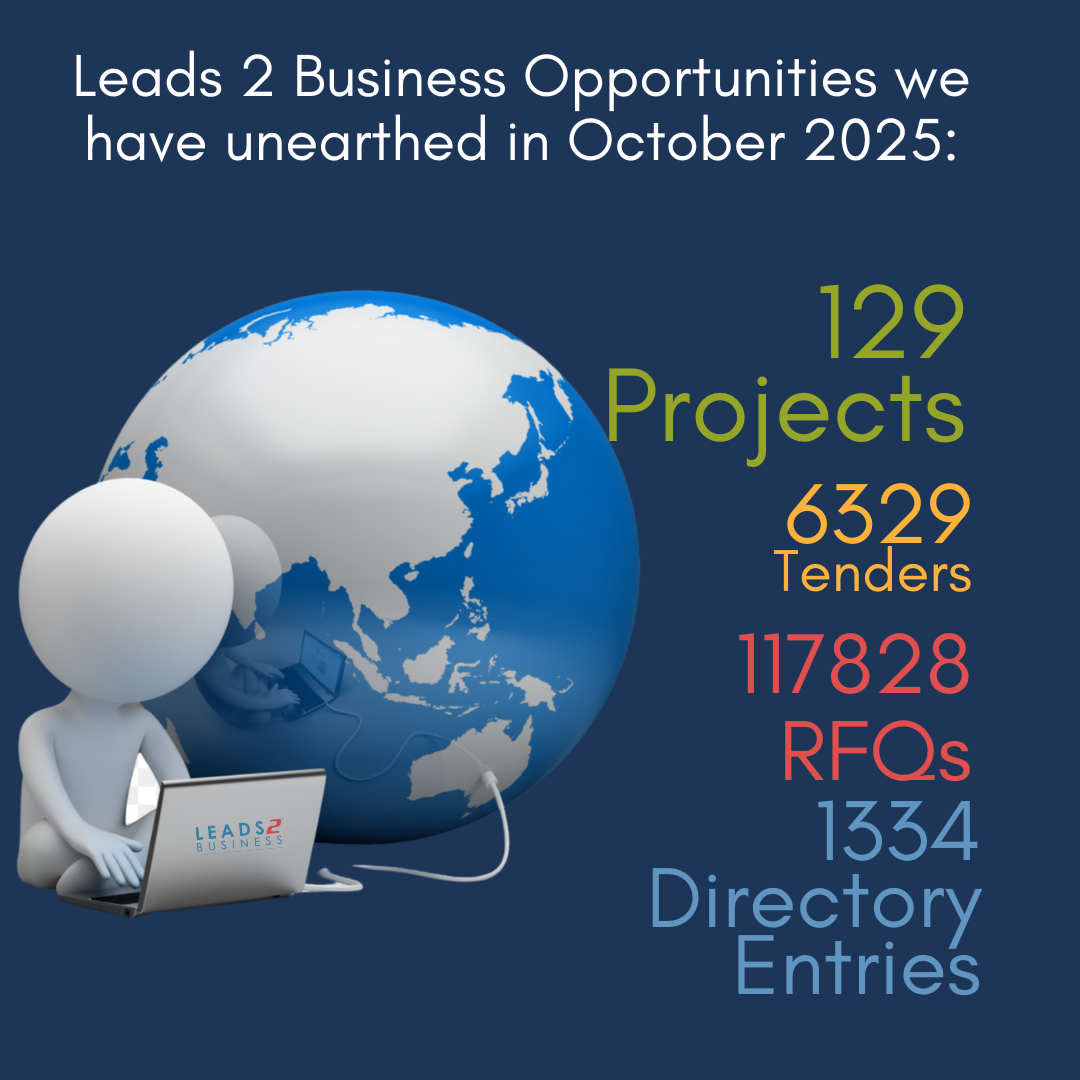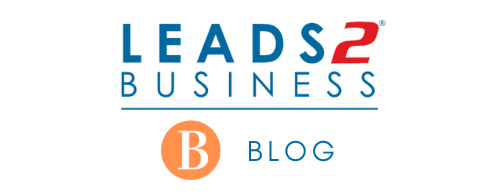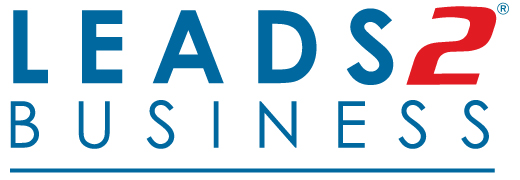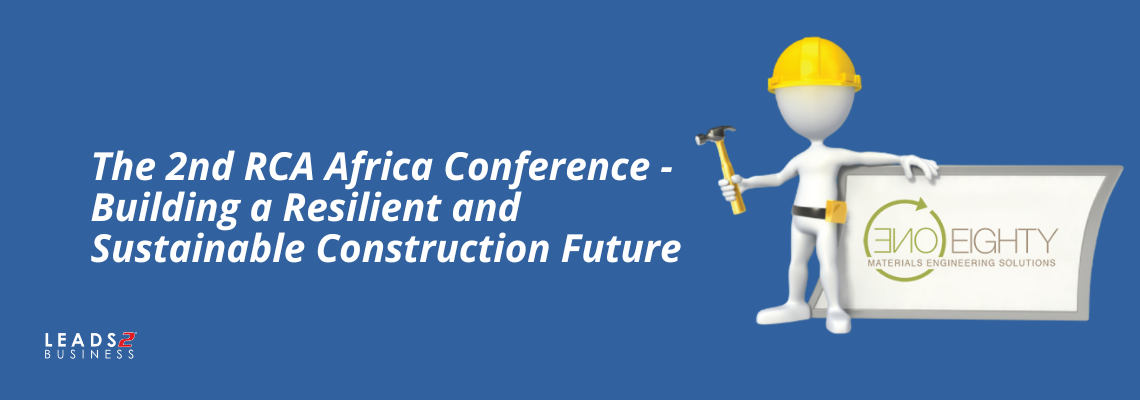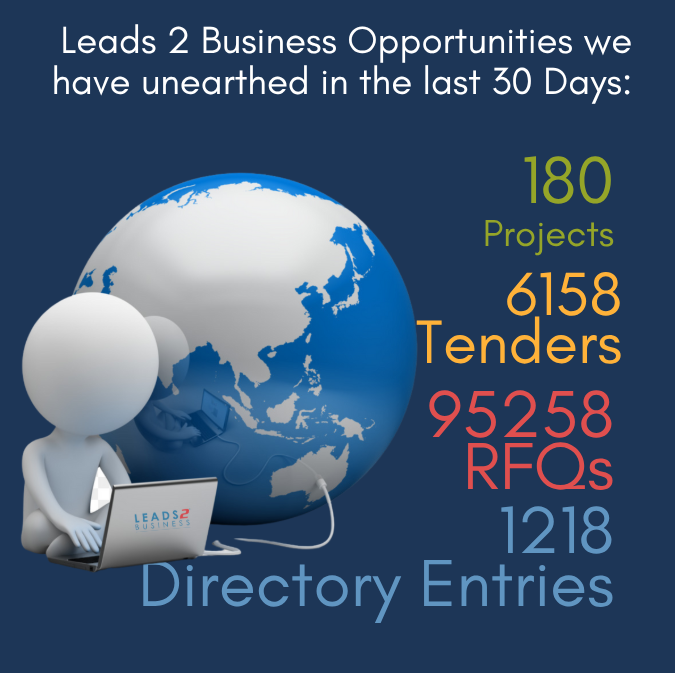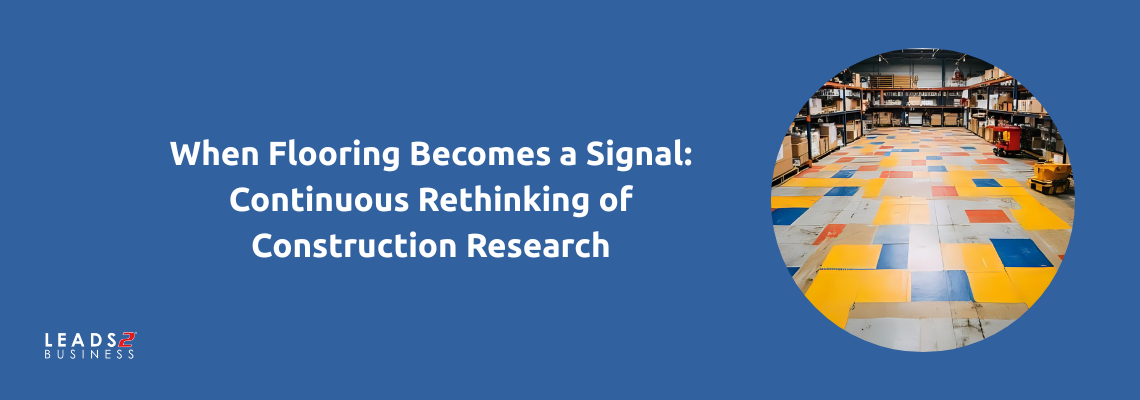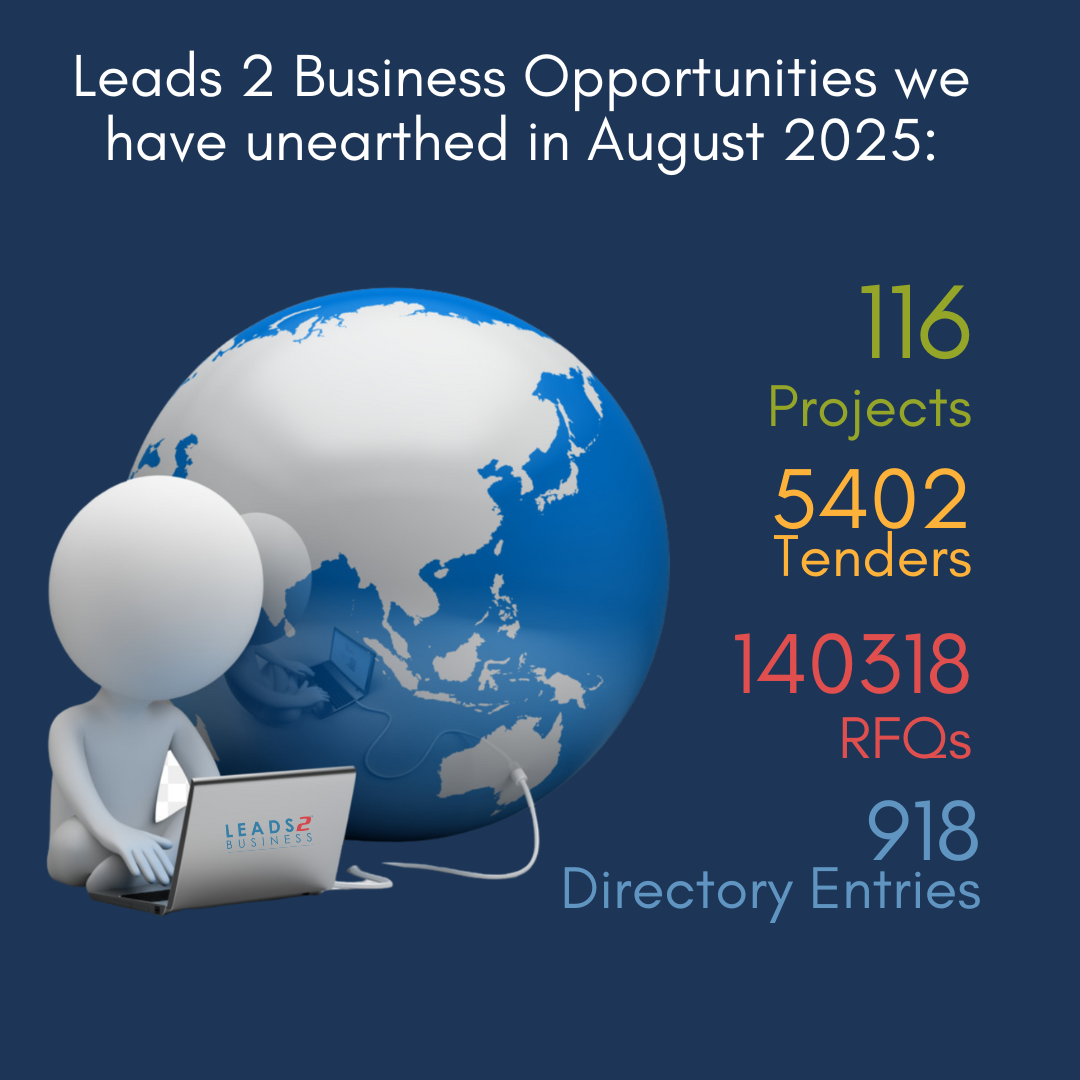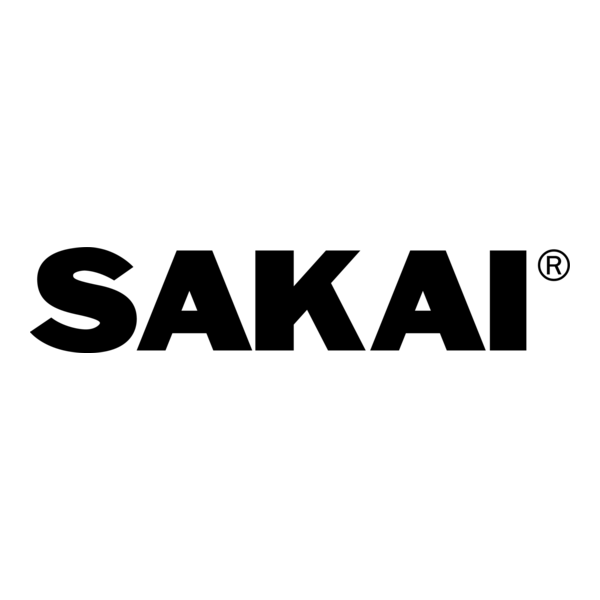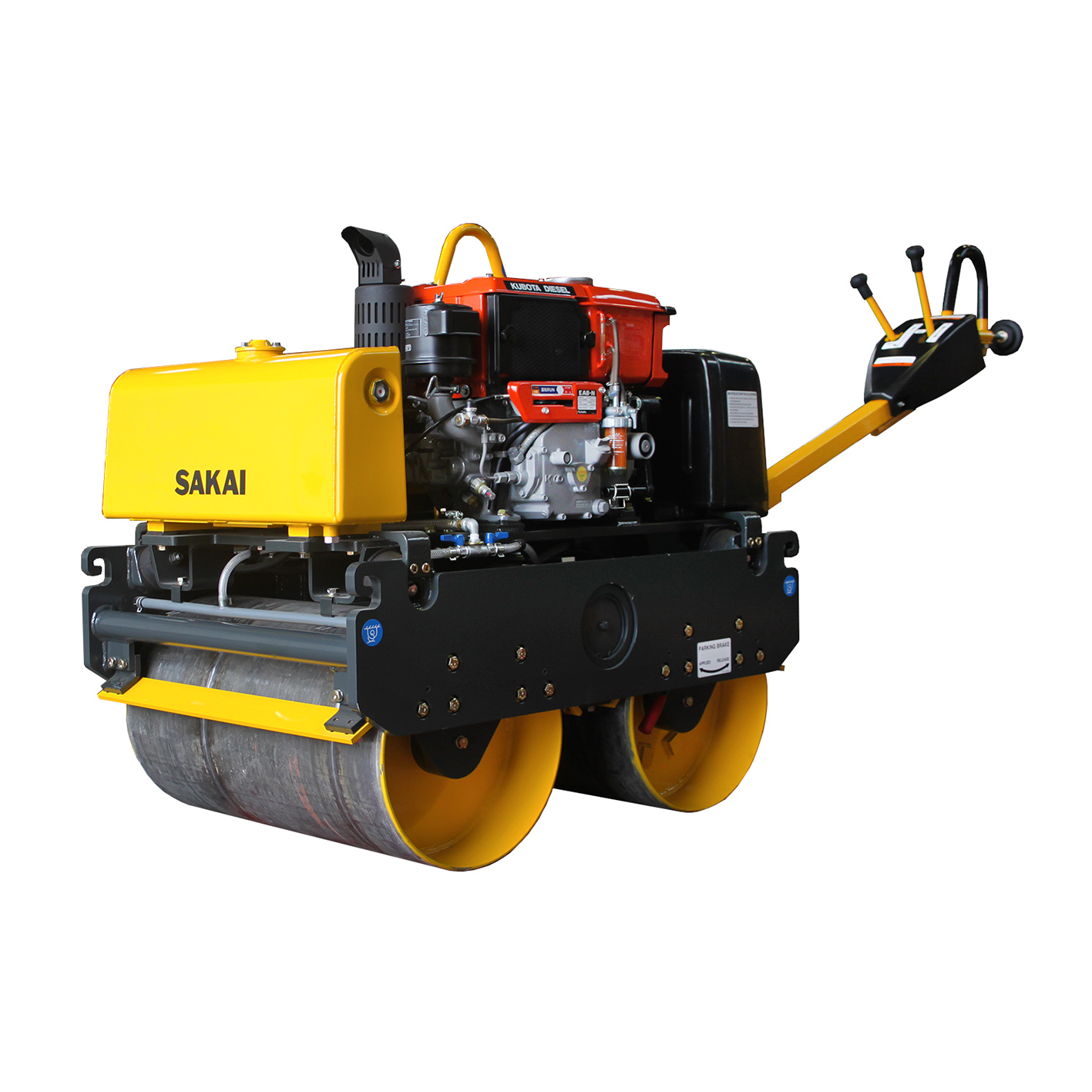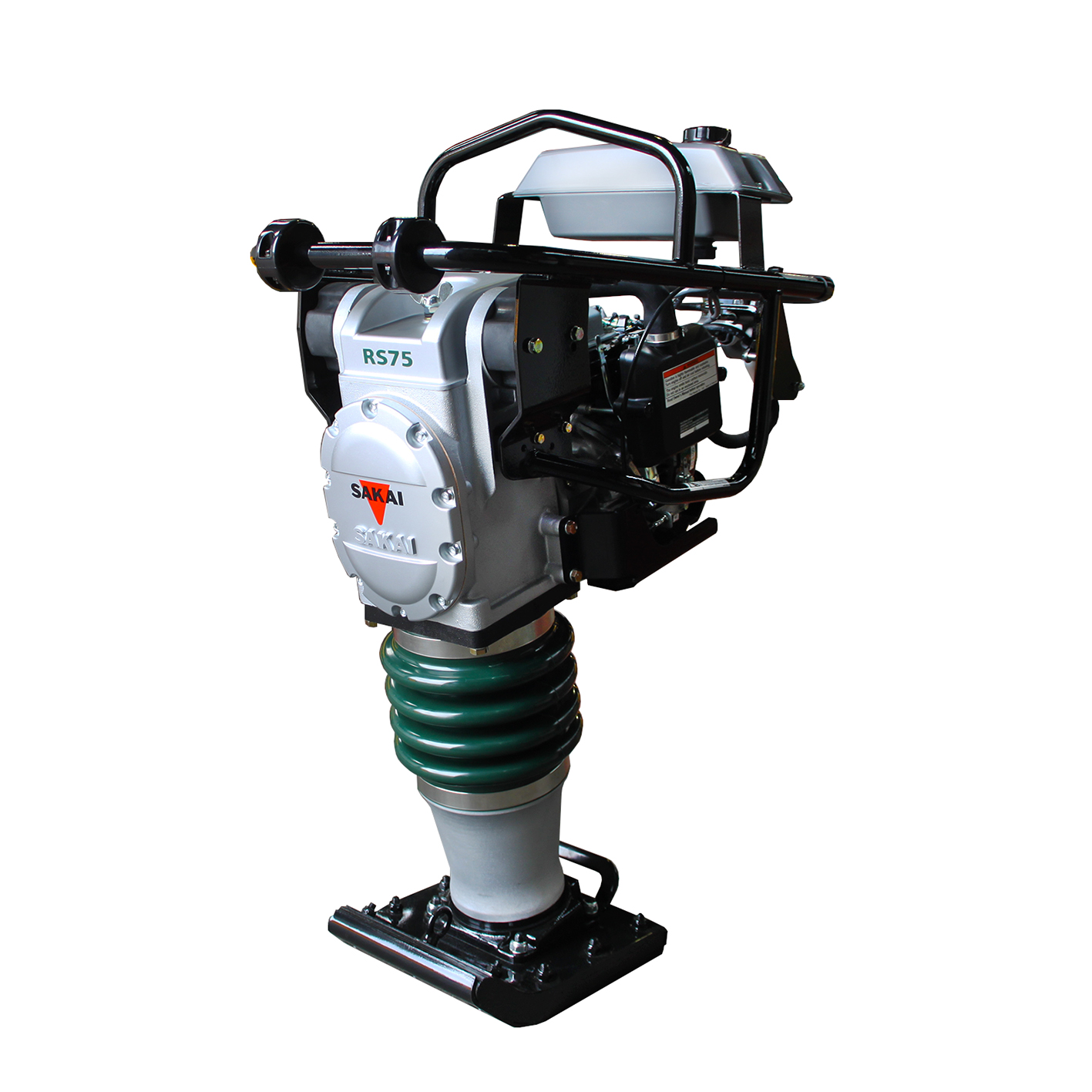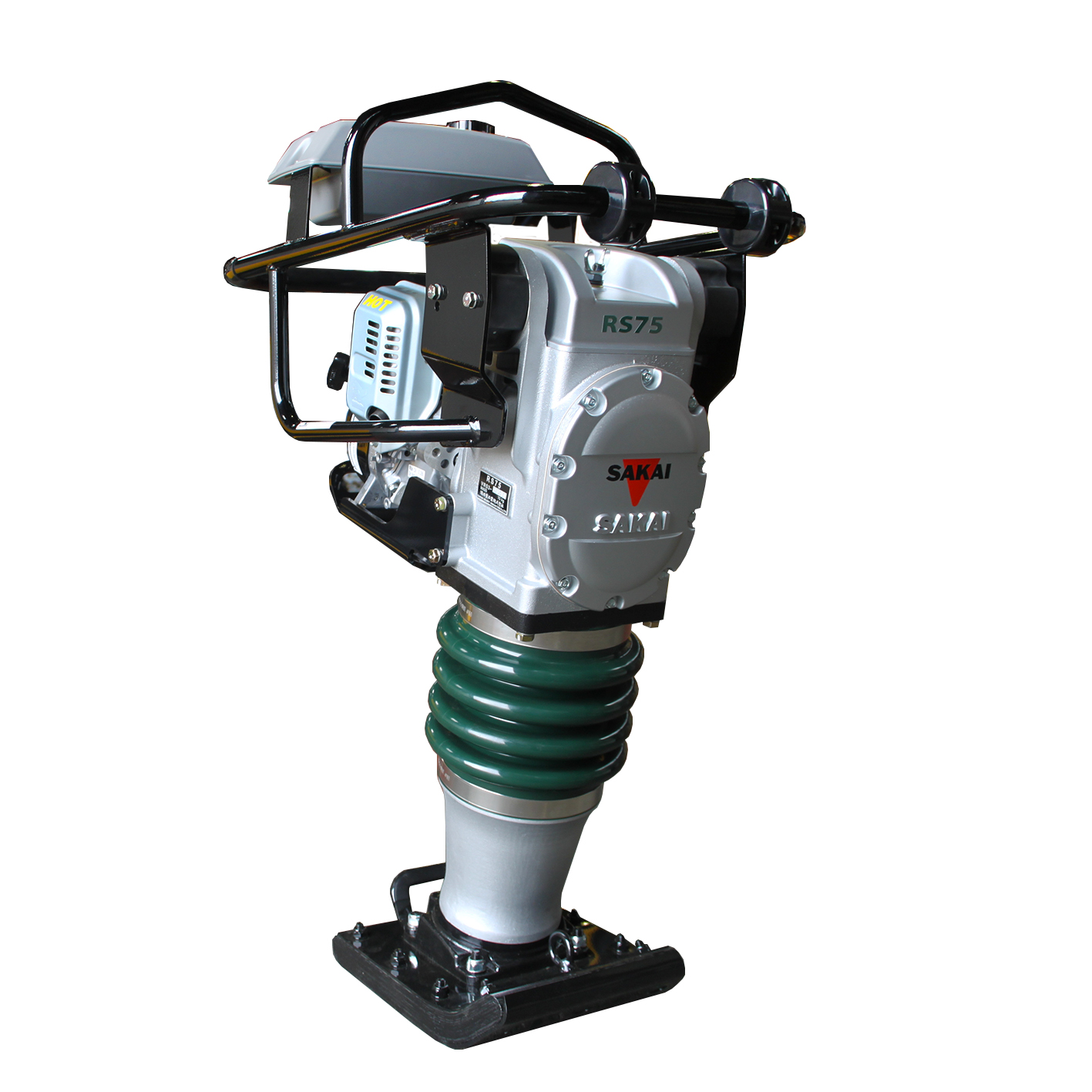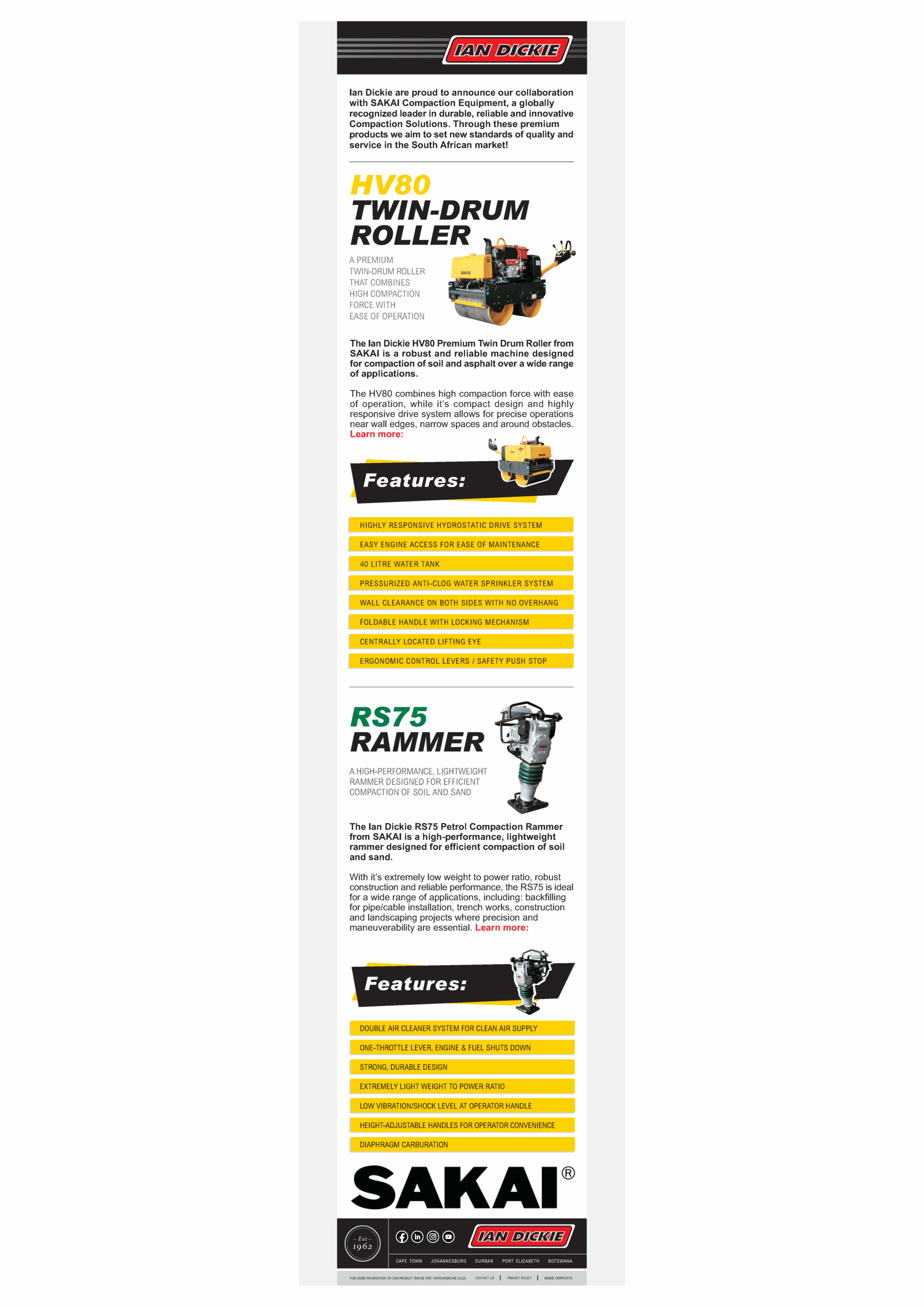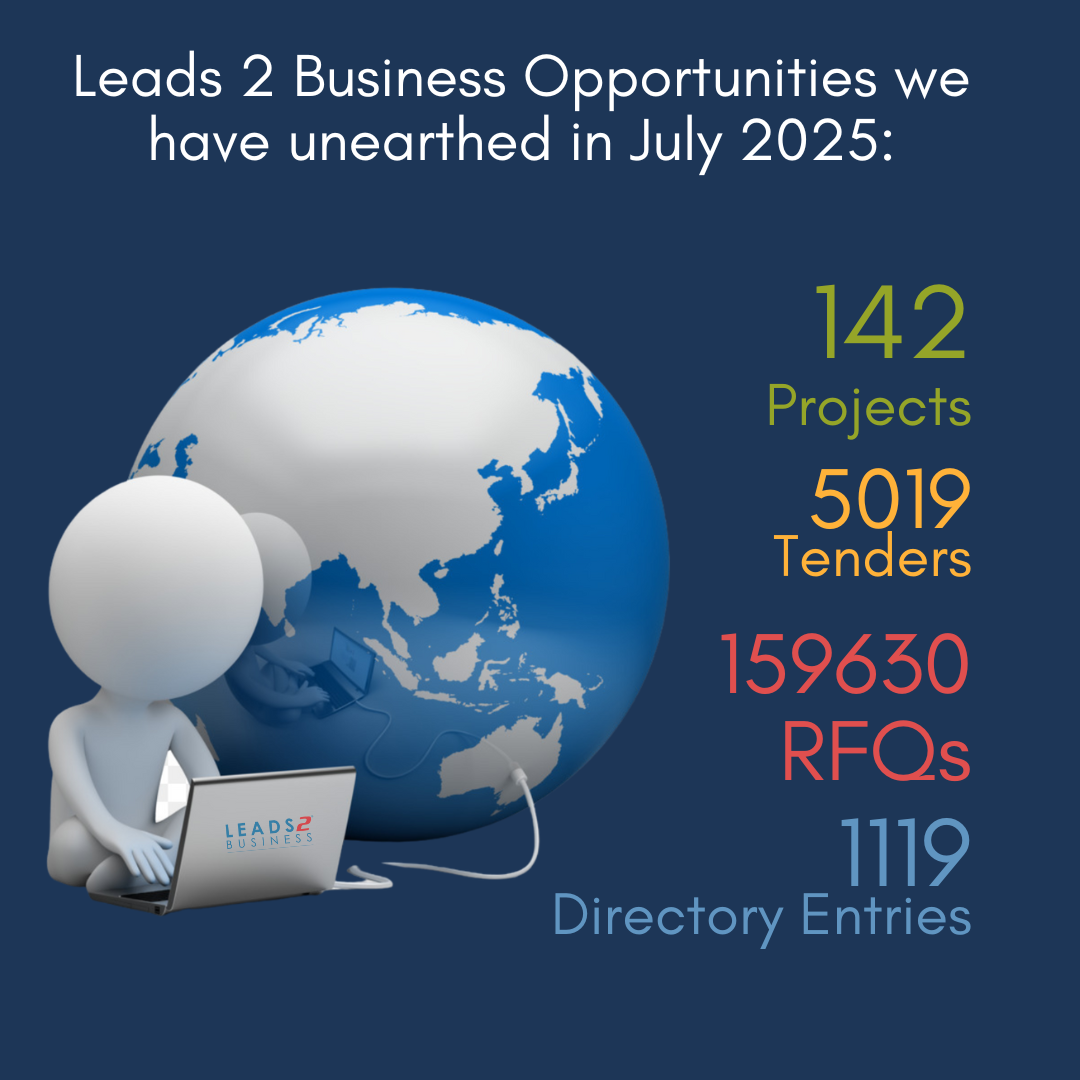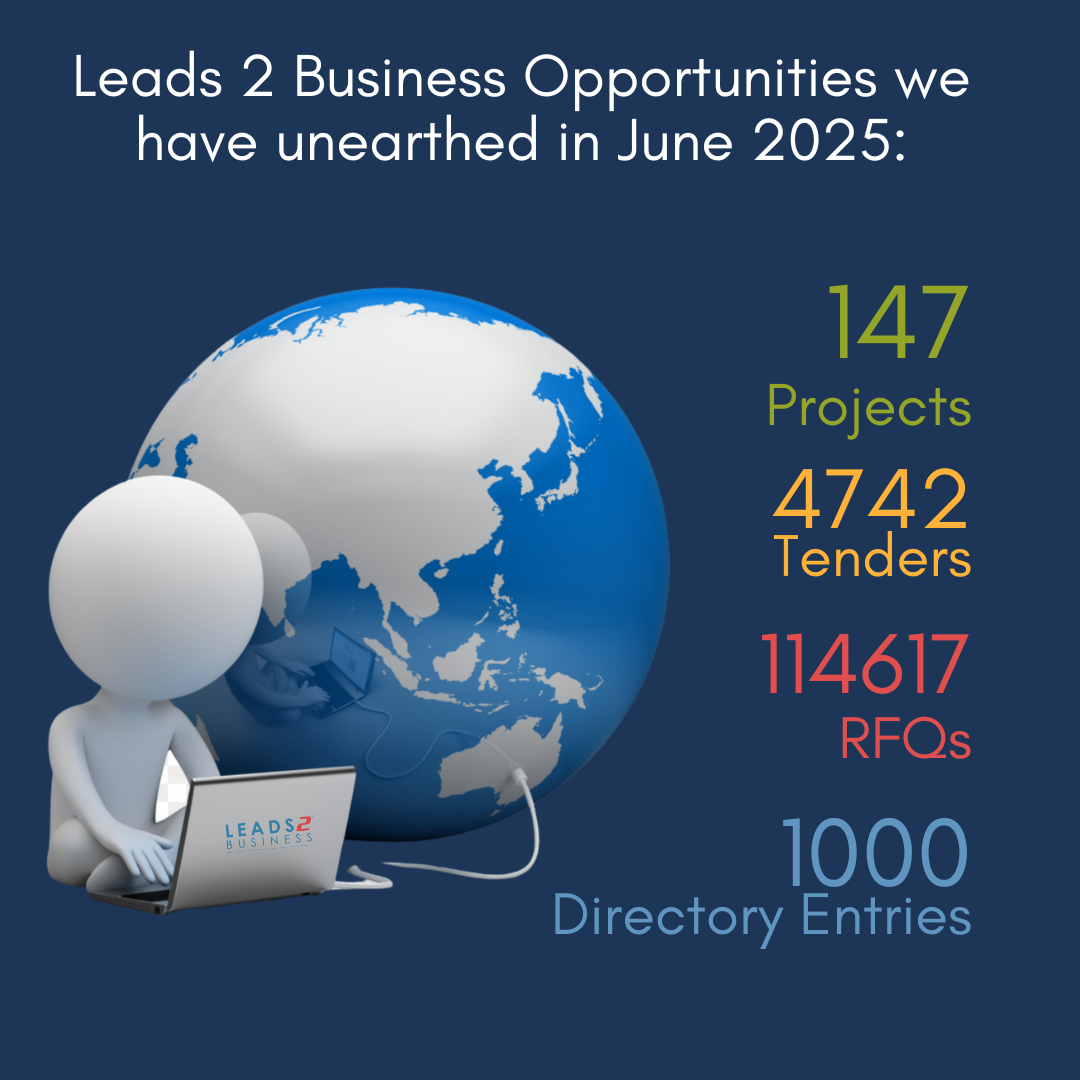
“At any point in time, if I ask our systems, ‘Who is Mpolaheng?’ it must tell me: she’s done this training, she holds this permit. In our highly regulated world, that audit trail matters. It’s one stream of data – speaking to each other.” Mpolaheng Mohlopi
Ever wonder why some leaders magnetize loyalty (and crazy levels of innovation)… while others can’t get a single email answered? Turns out, a lot of it comes down to micro-behaviors. The little things leaders do; the quick laugh, the way they hand off credit, their calm during chaos, that shapes a team’s entire culture. It’s the science of trust and influence. And at Lanseria International Airport, it’s exactly what’s driving one of
Africa’s most exciting digital transformations. But before we get there, let me rewind to a small personal moment.
That striped dress moment
Picture this: My first time at Lanseria International Airport’s offices. I’m excited and maybe a little nervous,when I spot a woman in a stunning autumn-hued dress,burgundy, rust orange, a pop of peach. She’s movingwith clear purpose, mid-conversation. I literally paused to wonder, Who is that? As she turned a corner next to the boardroom.Weeks later, I’d learn it was Mpolaheng Mohlopi: CFO, heading the IT Department, Mother of four. Limpopo-born Chartered Accountant. And the force behind a portfolio of projects so pioneering, they’ve positioned Lanseria as Africa’s first truly digitally transformed airport.
Meet the woman with “many firsts”
“People in aviation joke that unless you’ve been here 20 years, you’ve barely begun,” Mpolaheng tells me with a laugh. So by these standards with her 7 years, she is the new kid on the block.
New kid or not, she’s the Executive behind the first e-Gates on the continent, leading a small team driving massive IT capital projects, from smart passenger processing to automation of the fuel management system. And she’s done it all while balancing spreadsheets, strategy decks, four kids’ lunchboxes, and the lingering scent of COVID uncertainty.
In fact, the timing of her rise to heading the IT Department was almost cinematic.
• Pre-COVID, Lanseria was enjoying double-digit growth.
• Then came the global standstill.
• Right before it hit, she’d taken on IT.
“COVID, ironically, fast tracked digitisation. What we thought was a medium-term digital vision became ‘implement now or risk survival.’” she says.
Spoiler: they implemented. Big time!
Building Africa’s first smart, seamless airport
Lanseria’s ambition? Nothing short of becoming Africa’s first truly digitally transformed = smart airport.
That vision comes alive in a portfolio of projects that would make any Silicon Valley CIO pause in admiration. From the new Passenger Processing System, the sleek backbone of check-in, security and boarding, to the electronic gates that let you simply tap and go, the airport is setting the gold standard for a contactless, data-driven travel experience.
And it doesn’t end there. Lanseria has rolled out a fully automated fuel management system, ensuring every litre is accounted for from receipt to billing, which will tie back to their ERP System. Their new digital permit system means even General Aviation visitors can access the airfield via a QR code, with checks integrated directly with Home Affairs for instant identity verification. And they’re busy exploring e-learning for critical aviation training, as well as future biometrics so your face becomes your boarding pass.
“It’s about creating one stream of data that speaks to each other,” Mpolaheng says. “So when I look into our systems and ask, who is Mpolaheng?” I can see your entire secure footprint in the airport – your training, your permits. “That’s how we want to maintain customer ease.”
Local first, global where needed
It’s a massive investment in ICT and digital infrastructure. But importantly, much of it is rooted in the local economy. “Our preference has always been to work with local tech providers. Of course, some of the solutions, like the passenger systems, simply don’t have equivalents locally, so we partner internationally. But even then, we made sure our partners sourced as much as possible locally,” Mpolaheng explains. For instance, Lanseria’s bespoke aviation billing platform was developed by a South African firm, tailored exactly to their needs. This approach ensures money circulates back into South Africa’s economy, stimulating jobs and expertise right here at home.
The human heart of transformation
What’s striking is that despite this high-tech canvas, Mpolaheng’s favourite topic isn’t data lakes or IoT sensors, it’s people. Her face lights up when she speaks about her tight-knit team.
“I’m also just so grateful for having a great team. As a leader, you’re only a representative of everyone’s collective efforts. I think of how during the Passenger Processing System migration, my team stayed overnight to test, to be sure it was seamless for passengers. Those sacrifices, their families feel them too.” She laughs gently. “And I’m involved, yes. I want to know how things work. Not to micromanage, but so if you asked me, I could walk you to where it all happens even without them there. But that doesn’t take away the brilliance and dedication they bring. Without a willing team, your instruction just stays floating in the air.”
When I excitedly began praising her leadership and the scale of these capital projects, the supportive woman in me eager to uplift another, she gently interjected. “This story isn’t just mine. It’s my team’s. They show up, again and again, even when it’s hard. That must never be overlooked.”
Designing joy into the journey
So what does all this technology ultimately deliver? A passenger experience that’s light-years ahead, intuitive, secure, almost joyful. “Airports are usually stressful,” Mpolaheng muses. “But from the moment you park at Lanseria, we want it to feel easy, even inviting. It should take five minutes to get from parking to tarmac and be a easy five minutes.”
The e-Gates have notably reduced paper use, contributing to sustainability goals, while smart resource allocation means staff can focus on delighting customers, not bogged down in manual checks. Even older travellers have embraced it. “We show them, just tap your boarding pass. They get so excited, so empowered,” she says.
Safeguarding data, building trust
With all this digital innovation, what about privacy? Mpolaheng is clear: passenger data is inviolable. Lanseria’s systems are built to POPIA compliance standards, with staff trained rigorously on data handling. Even information as simple as confirming if a passenger boarded isn’t disclosed. “Treat us like a hospital,” she says. “Confidentiality is paramount. We have zero tolerance around sharing passenger data.”And before any system goes live, it undergoes Civil Aviation Authority cyber approvals, ensuring robust data securityand regulatory alignment – including integrations with Home Affairs to validate identities in real-time.
Looking ahead: Biometrics, e-learning, and beyond
The horizon is equally ambitious. Lanseria is deep into feasibility studies with government partners to integrate biometrics, so your face becomes both passport and boarding pass. They’re also working to pilot elearning modules for mandatory aviation courses, which could revolutionize access and compliance. Every move is stitched into that vision of a “one stream of data,” reducing redundancies, cutting paper waste, shrinking environmental footprints, and delivering unparalleled passenger empowerment. It’s not just an airport; it’s a smart city node, propelling Gauteng’s economy into a digital-first era.
A final reflection
As I wrapped up my conversations with Mpolaheng and essentially Lanseria International Airport, it struck me that this story, while certainly about cutting-edge systems, dashboards, integrations and infrastructure improvements, it really is just as much a human story: Of grit. Of innovation under pressure. Of different leadership styles blending in unexpected ways. Of a small team doing work so large that from the outside, you’d swear they were a giant multinational.
And maybe, that’s exactly what makes Lanseria’s journey so compelling. It’s proof that Africa isn’t just catching up in aviation. In many ways, through leaders like, Rampa Rammopo, Danie Opperman and Mpolaheng Mohlopi and their extraordinary teams, we’re charting the course.
So what’s the real headline here? Sure, it’s about a smart airport. Groundbreaking tech. A small, fierce team rewriting the aviation playbook.
But if you zoom out, it’s also a lesson in how transformation really happens. Not from endless strategy decksor flashy slogans. But from leaders who stay curious and hands-on and teams willing to lose sleep (literally) because they believe in the mission. Lanseria’s journey is a pretty compelling reminder that innovation isn’t reserved for billion-dollar global giants. It can start in a modest office outside Johannesburg – with a rustorange
dress sweeping by, a team’s grit and one integrated vision powerfully, speaking for itself into its own needs.
Written By | Minnie Zondi
If you are interested in becoming one of our subscribers, please visit Leads 2 Business.
To view notes with screenshots on how to use our website, please visit Leads 2 Business Wiki.
To view more Featured Companies, please visit our Leads 2 Business Blog
I am an insanely optimistic ambivert that does everything from the heart instead of the mind. Deeply interested in people and matters that pertain to mankind.
